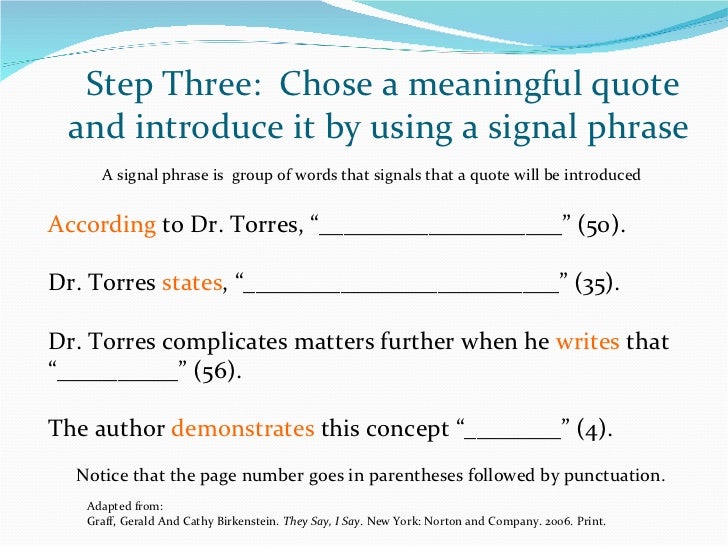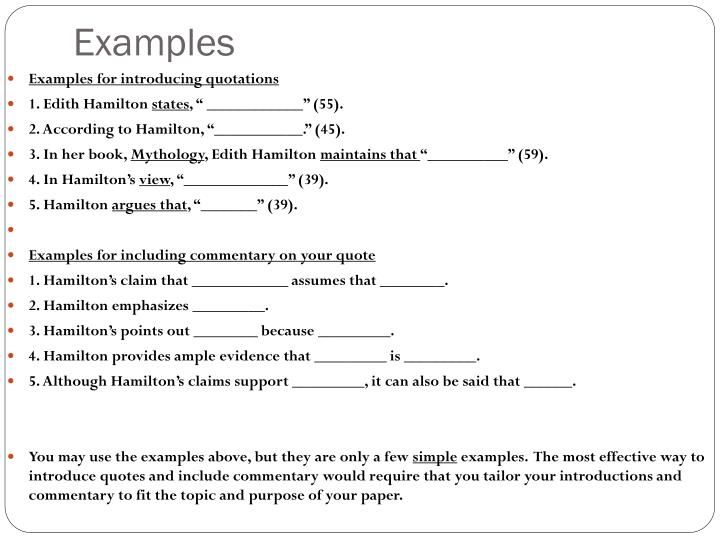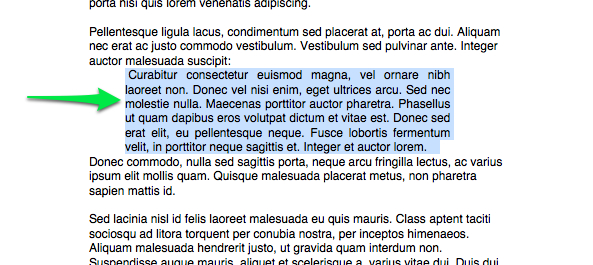How to introduce quotes in an essay
Table of Contents
Table of Contents
If you’re struggling with how to introduce a quote in an essay, you’re not alone. Incorporating quotes into your writing can be tricky, and it can be easy to fall into the trap of overusing them or not using them effectively. But don’t worry - with some simple tips and tricks, you can learn how to introduce a quote in an essay like a pro.
The Pain Points of Introducing Quotes
One of the biggest pain points of introducing quotes is ensuring that they flow seamlessly with the rest of your writing. You want to avoid awkward transitions or quotes that feel like they’re just “plunked” into the middle of your essay. Additionally, you need to make sure you’re properly citing your sources and attributing quotes to the correct authors. All of these factors can make introducing quotes in an essay feel overwhelming.
Answering the Target of Introducing Quotes
The key to introducing quotes effectively is to use them strategically. Quotes can add depth, authority, and interest to your writing - but only when used sparingly and intentionally. When you’re introducing a quote, make sure it directly supports the point you’re making or helps to illustrate the idea you’re exploring. Additionally, provide some context for the quote by explaining why it’s important or relevant to your argument. By doing this, you can seamlessly integrate quotes into your writing, without distracting your readers or interrupting the flow of your essay.
The Main Points of Introducing Quotes
When it comes to introducing quotes in an essay, remember the following tips:
- Use quotes sparingly and intentionally.
- Make sure quotes support your main points and add value to your essay.
- Provide context and explain why the quote is important.
- Properly cite your sources and attribute quotes to the correct authors.
Personal Experience with Introducing Quotes
As a writer, I’ve struggled with introducing quotes in the past. It’s easy to fall into the trap of using quotes to pad out your writing or make it seem more authoritative - but this can actually have the opposite effect. When I started focusing on using quotes more intentionally, I found that they added a lot more value to my writing. By choosing quotes that directly supported my argument and providing context for them, I was able to seamlessly integrate them into my essays and create a more cohesive, effective piece of writing.
Best Practices for Introducing Quotes
Here are some best practices for introducing quotes in an essay:
- Start with a signal phrase or introduction that sets up your quote.
- Provide some context for the quote, explaining why it’s relevant to your argument.
- Make sure the quote directly supports your argument or contributes to the point you’re making.
- Use proper citation and attribution to avoid plagiarism.
Going Deeper into Introducing Quotes
When introducing a quote, it’s important to remember that it should never stand alone. Instead, it should be integrated seamlessly into your writing. This means that you should always provide some context for the quote and explain how it supports your main argument or point of view. Additionally, be sure to choose quotes that are relevant and directly related to the point you’re making - otherwise, they’ll just distract from your argument.
Using Signal Phrases to Introduce Quotes
One effective way to introduce a quote is to use a signal phrase or introduction. This can help to provide some context for the quote and set it up within your writing. Some common signal phrases include:
- “According to [Author Name]”
- “In [Author Name]’s words”
- “As [Author Name] argues”
Questions and Answers
Q. What’s the best way to choose a quote for my essay?
A. When choosing a quote, make sure it directly supports your argument and adds value to your essay. Avoid using quotes that feel like they’re just “plunked” into the middle of your writing, and be sure to provide some context for the quote to help integrate it seamlessly into your essay.
Q. How should I attribute a quote in my essay?
A. Make sure to properly cite your sources and provide attribution for any quotes you use in your writing. This can usually be done using in-text citations or footnotes, depending on the citation style you’re using.
Q. Can I use long quotes in my essay?
A. While it’s generally recommended to only use short quotes in your writing, longer quotes can be used if they’re directly relevant to your argument and add value to your essay. Just be sure to provide proper context and citation for any longer quotes you use.
Q. How many quotes should I include in my essay?
A. There’s no set rule for how many quotes to use in your essay - it will depend on the specific assignment and the type of writing you’re doing. However, it’s generally recommended to use quotes sparingly and strategically, so that your writing remains focused and cohesive.
Conclusion of How To Introduce A Quote In An Essay
Introducing quotes in an essay can be challenging, but with some practice and attention to detail, anyone can do it effectively. By choosing quotes that directly support your argument, providing context and attribution for those quotes, and integrating them seamlessly into your writing, you can use quotes to add depth, interest, and value to your essays.
Gallery
Image Result For Transition Words For Introducing Quotes | Introduce

Photo Credit by: bing.com / ways quotations phrases citation sentences understanding
Introducing Quotes In An Essay Worksheet - Writefiction581.web.fc2.com

Photo Credit by: bing.com / essay quotes introducing worksheet into quotations integrating
😍 Good Ways To Introduce A Quote In An Essay. How To Write An Essay

Photo Credit by: bing.com / introduce quote ways essay good quotes examples
How To Introduce A Quote In A Sentence
Photo Credit by: bing.com / quote introduce essay quotes sentence
How To Introduce Quotes In An Essay - Slide Share

Photo Credit by: bing.com / introduce essay






